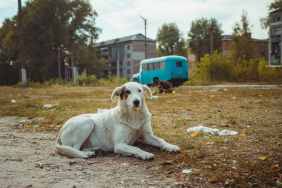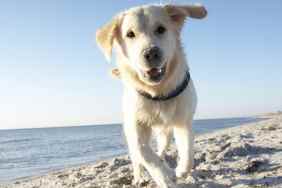From unforgettable culinary delights to iconic cultural hotspots, scenic wonders, powerful politicians, and lively nightlife experiences, there’s a lot attracting revelers to Washington, D.C. However, behind all the glitz and glamour is a worrying public health issue that’s been rocking the vibrant city for the past few years: an overwhelming rat infestation problem.

In the early hours of April 26, 1986, a catastrophic explosion at the Chornobyl — or, as it is more…



